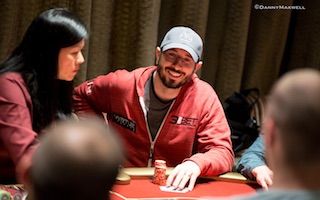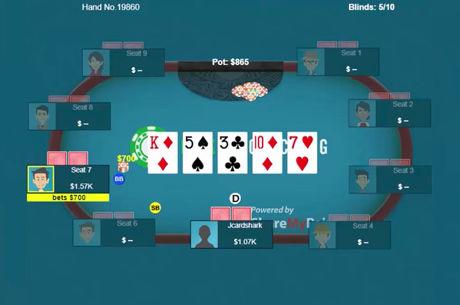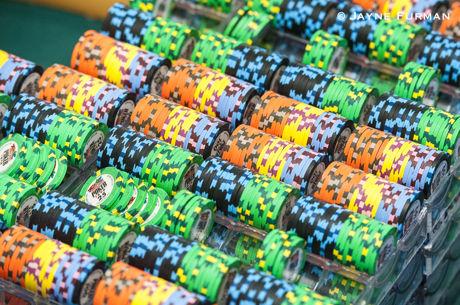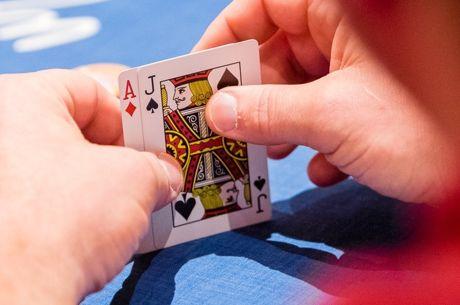Consider Increasing Your Three-Bet Sizing Before the Flop

I recently wrote an article in which I studied the bet sizing used by players at the final table of the series-ending $100,000 buy-in Poker Masters tournament held last month at the ARIA Resort & Casino. I noticed that the players' bet sizing in this event was significantly different from the sizing typically used in the small stakes games I play.
Last week, I discussed how to determine when it is a good time for a river overbet and how to construct your range when doing so. This week — again using the betting at the Poker Masters as a starting point to guide the discussion — I want to look at preflop three-betting.
The main takeaway from the preflop three-betting I observed in the $100,000 Poker Masters is that the elite players tended to use much bigger sizes when making that preflop reraise than you typically see in most tournaments.
In the small stakes games I play, you often see sizes of around 2.5 to 3 times the opening raise when the three-bettor is in position, and 3 to 3.5 times the open when the player is out of position. In the Poker Masters, players made larger three-bets preflop — usually 3 to 3.5 times the open when in position and 4 to 4.5 times the open from out of position.
I believe these players increase the size of their three-bets in order to deny their opponents a good price to call the three-bet. In most cases, they were able to force folds, but there were a few exceptions. I found a great example of one while looking back at footage of the first $50,000 buy-in preliminary event in the Poker Masters series.

In the second hand of Event 1 at 1,000/1,500 blinds, Ben Tollerene opened to 3,500 from the cutoff with J♦8♦. Brian Rast then three-bet to 11,500 from the button with J♣9♣ and Tollerene called.
Tollerene's preflop play in this hand perplexed me. I was surprised that J♦8♦ was a hand with which he chose to call a relatively big three-bet to about 3.3 times his open from a world-class player like Rast who had position on him. My guess is that Tollerene's opening range was so wide he felt the need to defend more hands than normal in order to not be exploitable.
Rast put in 11,500 to win a total pot of 19,000. This bet needed to work roughly 60 percent of the time to break even. This means that Tollerene would have to defend roughly 40 percent of his opening range to prevent Rast's three-bet from being profitable as a pure bluff. If Jx8x-suited was in the top 40 percent of hands with which Tollerene planned to open from the cutoff, then mathematically it made sense for him to defend with it.
Moreover, to call the three-bet Tollerene needed to put in 8,000 more to win a total pot of 27,000, so he only needed roughly 30 percent equity to make the call. I'm sure J♦8♦ had at least that much against Rast's button three-betting range. The fact that he needed to defend 40 percent of his range combined with the fact that this hand had enough equity to defend shows why he decided to make the call.
This hand illustrates the folly of the smaller sizing we tend to use at the smaller stakes.
For one, in those games the average player is more inclined to call with a hand like this because folding is not fun. Their recreational nature sometimes causes them to stumble into the right play preflop. Even with the math shown above, it's probably a borderline call when facing a 3.3x three-bet from an elite player, but it's likely more than fine when facing (say) a 2.5x three-bet from another small stakes player.
Secondly, small stakes players are generally passive, so the chance of a four-bet bluff is less of a threat than it would be against a world-class player like Ben Tollerene.
For these reasons, I think it makes sense for us small stakes players to start increasing our three-bet sizing like the pros.









